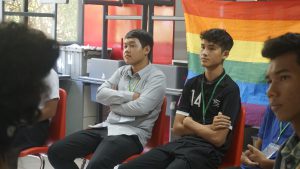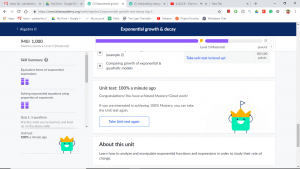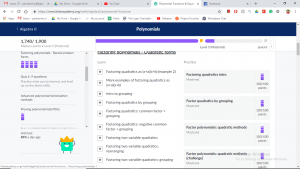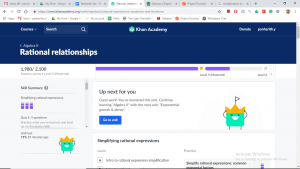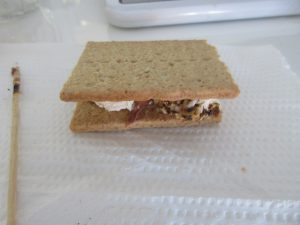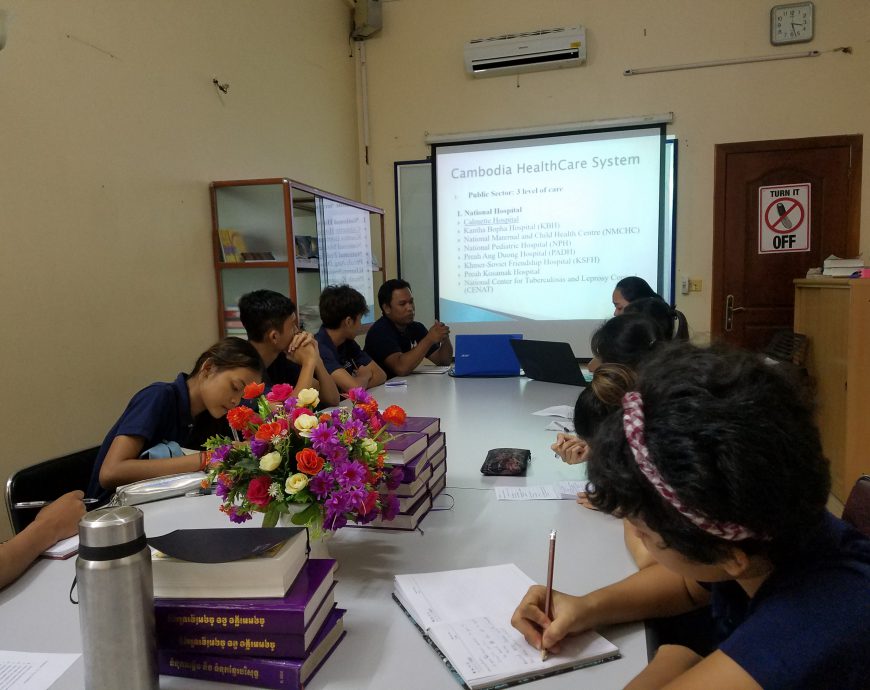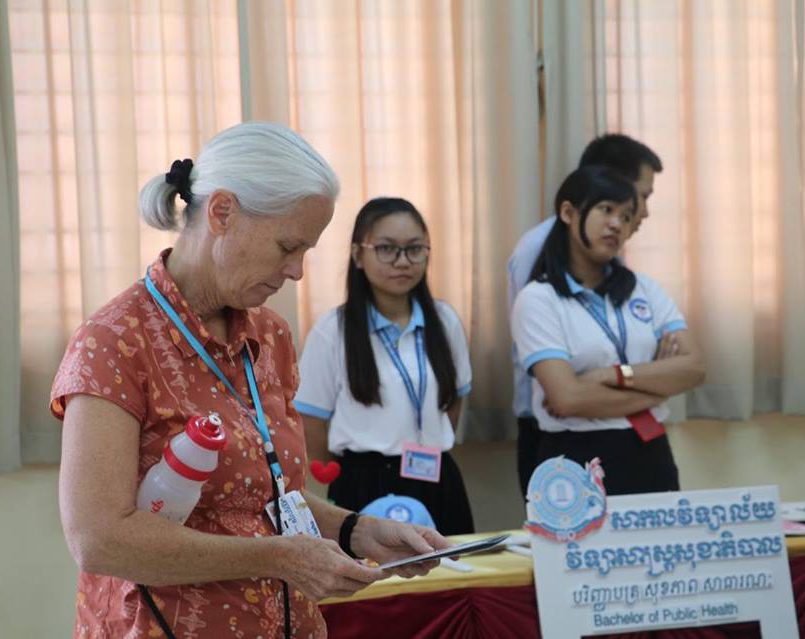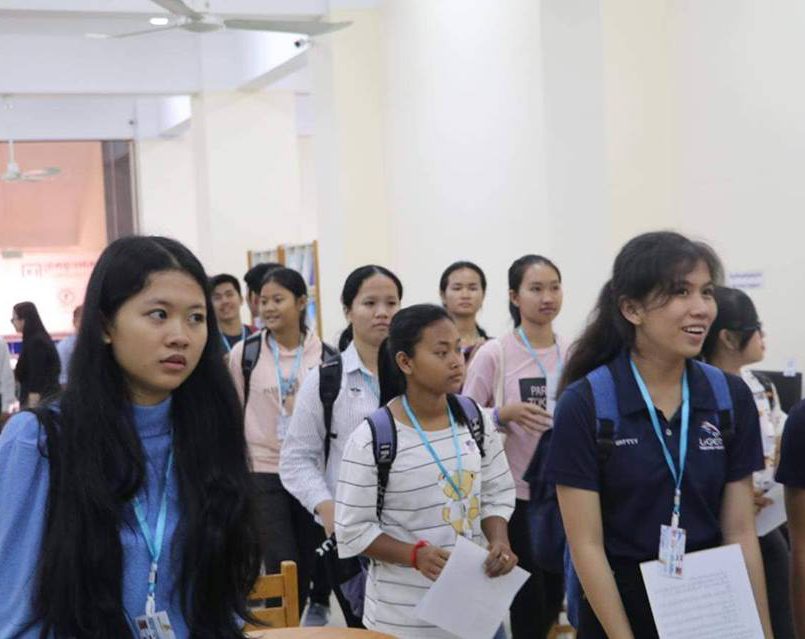“Oh, the color blue, blue, blue,” excitedly said an old man right after the nurse took off the eyepatch that covered his operated eye. It was the moment he can finally see the beauty around him. To witness this man able to see the color blue for the first time after years is really touching for me. To be a part of this experience and to help the man get his sight back, it makes me really proud.
2018-2019 is a great school year. Not only causing the positive impacts for my country academically, but I also bring about change into my personal life. I understand changes happen every day. For instance, your age and height are constantly changing day by day. Change is really important in our lives. Change allows us to improve ourself and especially to better our society.
This year I have done so much under the healthcare topic. For a country to run well its people need to be highly productive; they need to be educated and healthy. Therefore, we really need these two sectors to run smoothly and be well used. As Cambodia is a developing country, there are many sectors that needed to improve and one of which is the healthcare sector. Although the healthcare system has improved a lot compared to the last 20 years, we still need more organization, energy, and investment in this sector. Now we can see that more and more health centers are being built. But as one of the doctors from Doctor Without Border said, “We can build health centers, but health centers don’t treat people. People treat people.” This means that we still need more human resources, more specialists, within this field even if our universities already have a high graduating rate for medical students. What is the point of having more health centers if we don’t have doctors to run those centers?
Focusing on the healthcare system in Cambodia, our team had done many interviews with different health experts. Clearly, human resource isn’t the only aspects that are needed to be improved. We also found that doctors’ ethic toward patients, education of medical students, cleanliness of the hospitals, machine and human resources, and the triage system are also the aspects that are needed to be improved as well.
However, not only the system itself should be changed, the other factors that cause poor healthcare services also need to change immediately. For example, communication and cultural barriers like traditional belief (healers and traditional medicine) and poor infrastructure systems like road safety are the two factors out of many that are needed to be improved. Aside from trying to improve the caregiver side, we also need to educate our citizens more about the system we have today. First, teach them, instead of going to the traditional healer patients should go to the hospital to get proper treatment. Therefore, we had also created an educational play to educate our citizens to maximize the use of what we already have in this system. As we like to say, the more we use it the better it will be. Second, building trust with them by changing the mindset of the patients toward doctors and the system. They need to trust our healthcare system more in order to improve this sector. But, rather than focusing on criticizing, we also need to appreciate the works that had been put into improving this system as well. Although our healthcare system is still limited I personally think that it has grown a lot. We now are able to have a lot of advanced medical equipment imports from the Western country.
I understand that a great change doesn’t happen overnight, changes happen slowly at a smaller scale. It takes smaller steps to build up the big change. Changes are like a scientific experiment; we don’t really expect it to produce a certain kind of result. But, we do want the result to be a positive one. With all the above areas, to make our country more develop we need to come and work together. As one of the wisdom in Khmer commend, if put a group of chopsticks together it will be hard to break but if there is a chopstick alone we can break it easily. It means that if we all collaborate together and share the knowledge rather than keeping it inside ourself, our healthcare system will be better. We also need to have the mindset that the knowledge that you share will only bring up the positive impacts. Back to the old man, who got his sight back. This is a great change for him and one of the great change I have done. This might only occur in a short moment but the impact that my team and I have had on that man will last for a long time. Quality of change is often based on how much you can pay. Paying back to my country and helping the people is the change I want to see and to do. Imagine if we have more mission like Khmer Sight Foundation, more people using the healthcare system that we have today. Imagine that we all come together and help to improve our healthcare system. What will our healthcare system be like? But that’s not the point, I don’t want all of you to just imagine. We actually need all of you to come together to be part of this change and for us to improve this system together. “Alone we can do so little, together we can do so much.”


